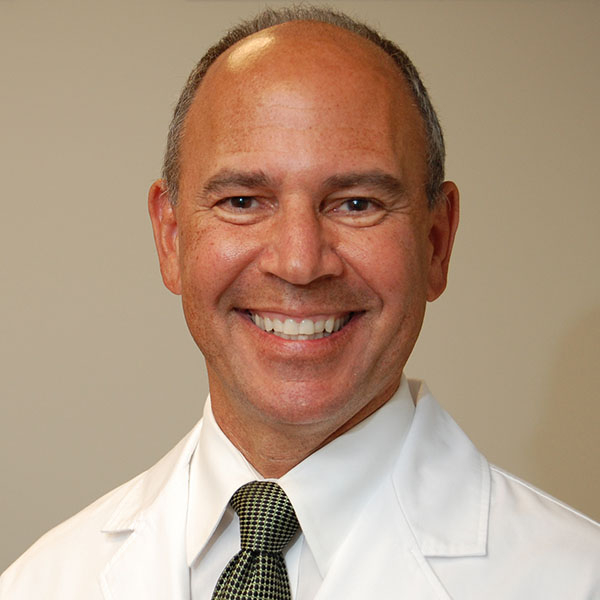
Busy days make it hard to put heart health on the front burner. It just feels like you don't have time for habits that keep the ticker in top shape — like exercising regularly, getting enough sleep, and eating a healthy diet. So maybe you take the stairs when you can, or you park farther away from a store to rack up a few extra steps each day. But what else can you do? Here are three things that might fit in your schedule.
Swap electronic communication for an in-person meeting
It's fine if texting, emailing, social media, or Zoom calls are your primary means of communicating with others. But it's not okay if those methods leave you feeling lonely or isolated — two problems linked to higher risks for heart disease, heart attack, or stroke, according to a scientific statement from the American Heart Association in the Journal of the American Heart Association.
To combat loneliness and isolation, try to replace some of your electronic back-and-forth with people with in-person meetings. Maybe you can find room in your schedule for a quick walk, cup of coffee, or brief lunch with a friend or colleague.
"Time spent face-to-face helps connect you to others and may make you feel less isolated," explains Matthew Lee, a sociologist and research associate at Harvard University's Human Flourishing Program. "Being physically co-present can help you feel more engaged with others, more valued, and more likely to feel a sense of shared identity — all things that may help ease loneliness. This is why some doctors are starting to engage in 'social prescribing,' including suggesting that people get involved in volunteering and other activities that build in-person social relationships."
A recent study published in the International Journal of Public Health by Lee and a team of Harvard-led researchers suggests that better social connectedness may reduce the risk of being diagnosed with depression or anxiety. Both are associated with heart disease or making existing heart conditions worse.
Swap an unhealthy breakfast for a healthier one
Is your typical breakfast something quick and full of refined (not whole) grains, processed meat, saturated fat, or added sugar? Eating that kind of food regularly may drive up calories, weight, blood sugar, or cholesterol levels — and that's not good for your heart.
Instead, choose breakfast foods rich in fiber, a type of carbohydrate that either passes through the body undigested (insoluble fiber) or dissolves into a gel (soluble fiber) that coats the gut.
Not only does fiber help digestion, it also
- traps, mops up, and lowers bad [LDL] cholesterol that can lead to clogged arteries
- controls blood sugar and lowers the risk for diabetes, which is strongly associated with heart attacks and strokes
- may help fight chronic inflammation, which plays a role in clogging arteries and causing heart attacks.
Fruits, nuts, seeds, whole grains (oats, barley, quinoa) and many other foods are rich in fiber. Try these fiber-rich breakfast ideas:
- microwaved oatmeal (heat a 1/2 cup of oatmeal with almost a cup of low-fat milk for about two minutes)
- a serving of cooked quinoa (cold, if you have it in your fridge) with a dollop of nonfat Greek yogurt, berries, and granola
- whole-grain cereal with milk (go for cereals with the highest amounts of whole grains and lowest amounts of added sugars)
- a slice of whole-grain toast with two tablespoons of nut butter (like almond or peanut butter)
- one or two handfuls of homemade trail mix (use your favorite unsalted nuts, sunflower seeds, and dried fruit such as raisins or apricots).
Swap a few minutes of scroll time for meditation time
If you ever take a break from your busy day to scroll through news on your phone or computer, chances are you can also find a little time to meditate, which is important for heart health. Research indicates that people who meditate have lower rates of high cholesterol, diabetes, high blood pressure, stroke, and coronary artery disease compared with people who don't meditate.
What's the connection? Meditating triggers the body's relaxation response, a well-studied physiological change that appears to help lower your blood pressure, heart rate, breathing rate, oxygen consumption, adrenaline levels, and levels of the stress hormone cortisol.
The great news: it doesn't take much time to reap the heart-healthy benefits of meditating — just about 10 to 20 minutes per day.
Ideas for quick ways to meditate in a busy day include sitting quietly, closing your eyes, and
- focusing on your breathing, without judging sounds you hear or thoughts that pop into your head
- listening to a guided meditation, which uses mental images to help you relax
- listening to a recording of calming sounds such as waves, a bubbling brook, or gentle rain.
Just try to calm your brain for a few minutes a day. Soon, you may find you've become better at meditating and better at practicing other heart-healthy habits, no matter how busy you are.
About the Author

Heidi Godman, Executive Editor, Harvard Health Letter
Heidi Godman is the executive editor of the Harvard Health Letter. Before coming to the Health Letter, she was an award-winning television news anchor and medical reporter for 25 years. Heidi was named a journalism fellow … See Full Bio View all posts by Heidi Godman




















